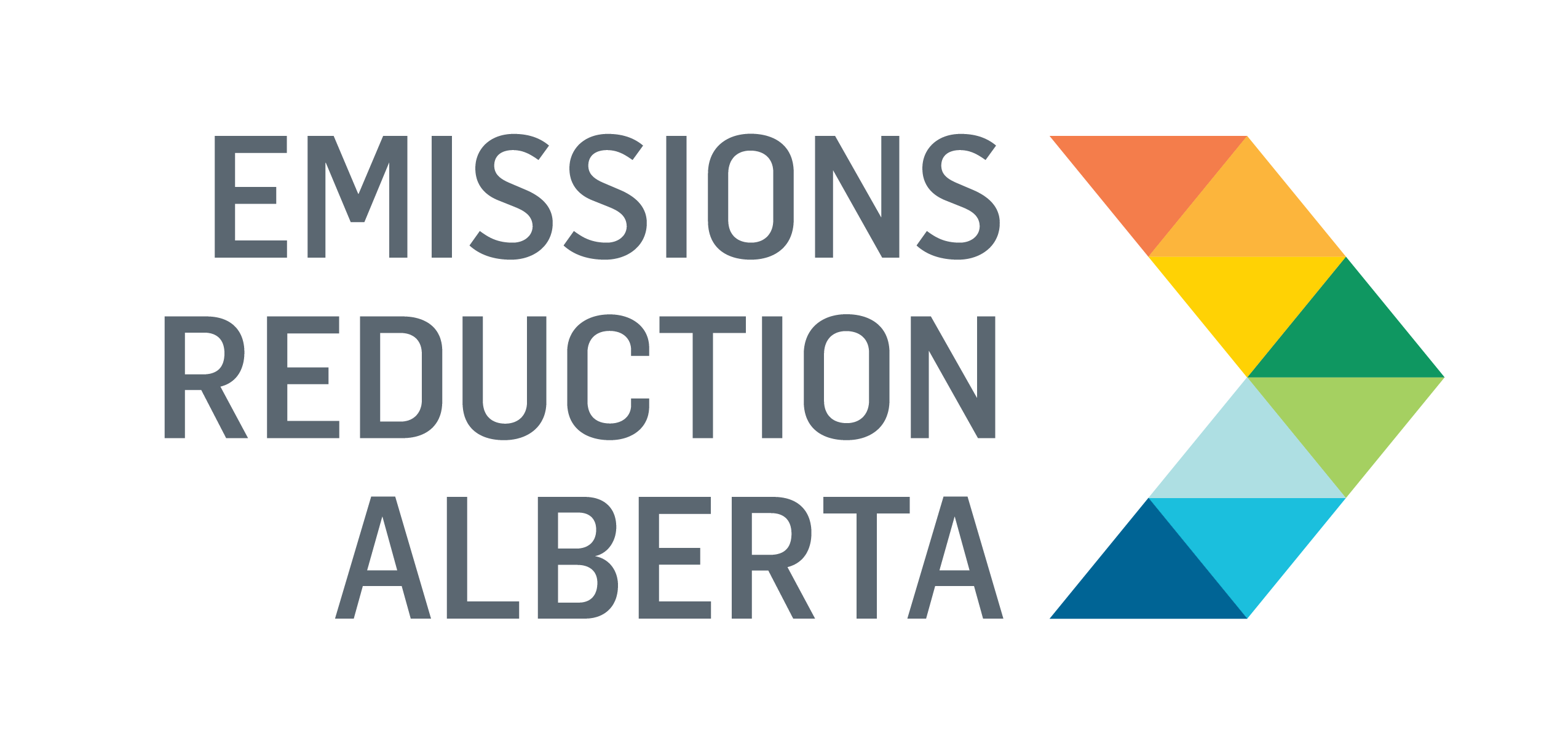A Roadmap to Reduce Emissions in the Oilsands
Funded through Round 1: Open Call in 2010, this greenhouse gas (GHG) reduction roadmap is a comprehensive study that identified and evaluated potential projects and technologies to improve energy efficiency and reduce GHG emissions in Alberta’s oilsands operations. This involved generating ideas, screening them for feasibility, conducting technical analyses and evaluating projects based on their potential impact on energy consumption, GHG emissions and associated costs.
The oilsands industry in Alberta is a significant source of GHG emissions. Identifying and implementing strategies to reduce these emissions is crucial for mitigating climate change and meeting environmental targets. Improving energy efficiency and reducing GHG emissions can also lead to cost savings in the long term. By identifying economically viable operational and technological improvements, roadmaps like these help the industry remain competitive. Additionally, the project provided a roadmap for compliance with increasingly strict regulations while still maintaining operational efficiency.
Key areas identified by the roadmap included steam generation heat recovery, alternatives to steam assisted gravity drainage (SAGD), and improving energy efficiency. The technologies explored across these improvement areas included surfactant co-injection, solvent and polymer injections, nuclear technologies and carbon capture and storage (CCS), among others. The study provided a high-level analysis of these opportunities, offering a foundation for future detailed evaluations and implementation aimed at significantly lowering the environmental impact of oilsands production.
Improving Energy Efficiency in Oilsands Production
During the study, a structured process for screening and evaluating project ideas became critical. This included categorizing ideas based on their potential impact, feasibility, and risks, and using a weighted criteria approach to rank them. This method ensured that the most promising and impactful projects were prioritized for further development.
When it came to specific technologies, the study found that improving energy efficiency in bitumen production represented the most significant near-term opportunity for reducing emissions and costs. The top technologies determined to improve energy efficiency were solvents and nuclear steam generation to replace the steam in SAGD operations. That being said, the study determined nuclear technology came with high risks and a longer development time compared to energy efficiency technologies. The study also concluded that there were several barriers to implementing CCS, including the cost, space constraints for retrofit facilities, suitable geological sites for storage, pipeline access and the significant energy needs (steam and/or electricity). Overall, the study determined that CCS was not economically justifiable based on carbon pricing at the time.
What’s next?
Many of the conclusions from the study are even more applicable today in the context of evolving regulations, technologies and carbon pricing. Of the key technologies mentioned above, likely the most imminent and simple technology to implement are still solvents and technologies that increase production efficiency. This is because these technologies do not significantly alter the operations and remain the least expensive.
Despite the study’s analysis, CCS is likely the next key technology to be deployed by the oilsands after solvents, based on announcements by major oilsands producers and projects like the Oilsands CCUS Pathways to Net Zero. While it may be expensive and complex to install, the price of carbon has increased significantly since this project’s completion. This, along with numerous policies and incentives designed to accelerate CCS, have made this technology pathway more justifiable to implement. Nuclear energy is still an approach being considered by oilsands producers for the next phase of decarbonization in the mid-2030s, but regulatory and development timeline risks remain.
